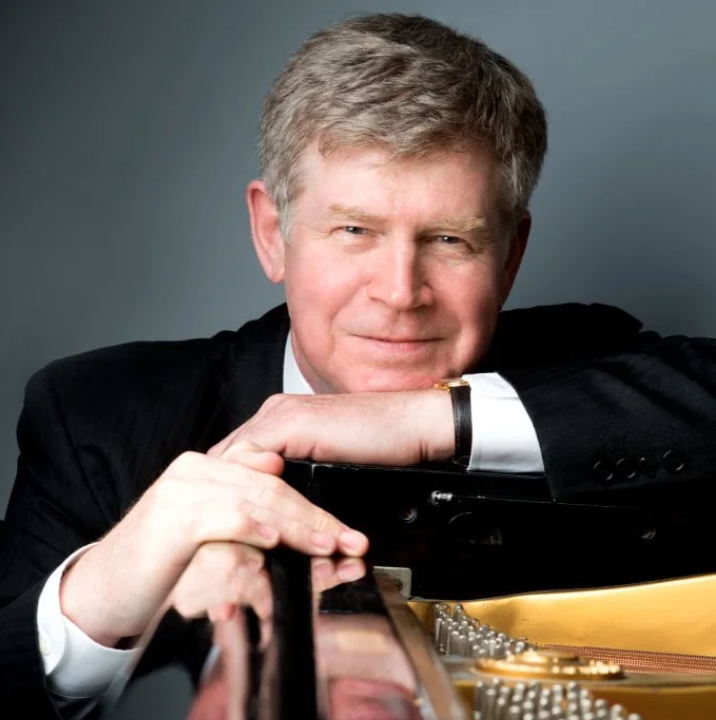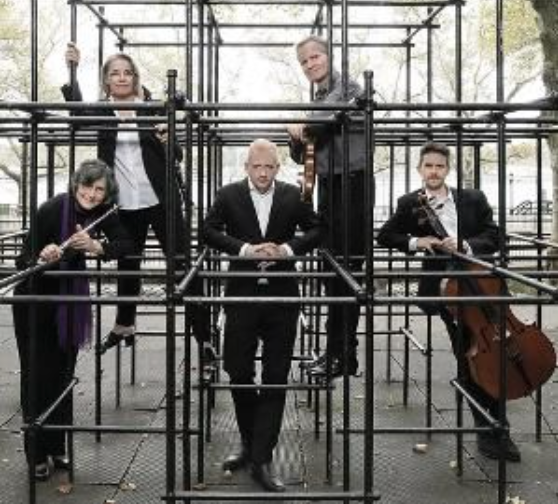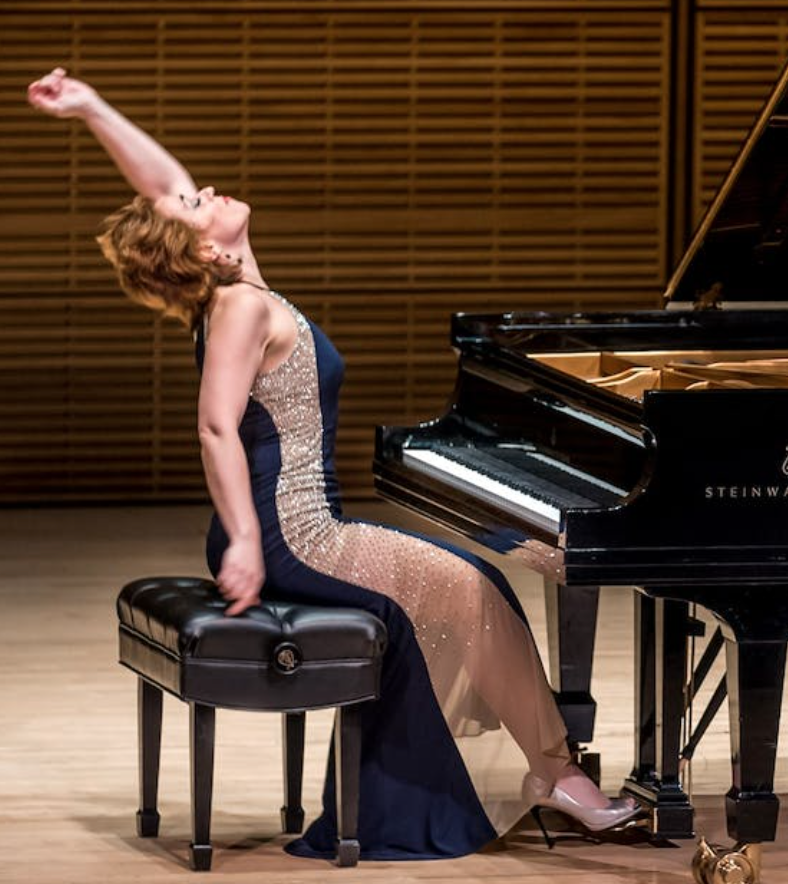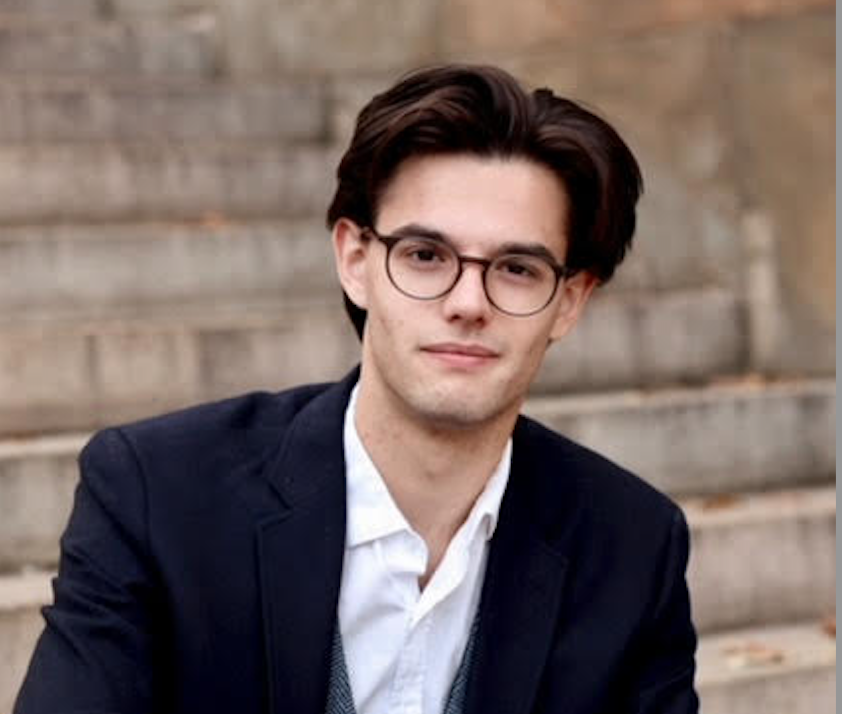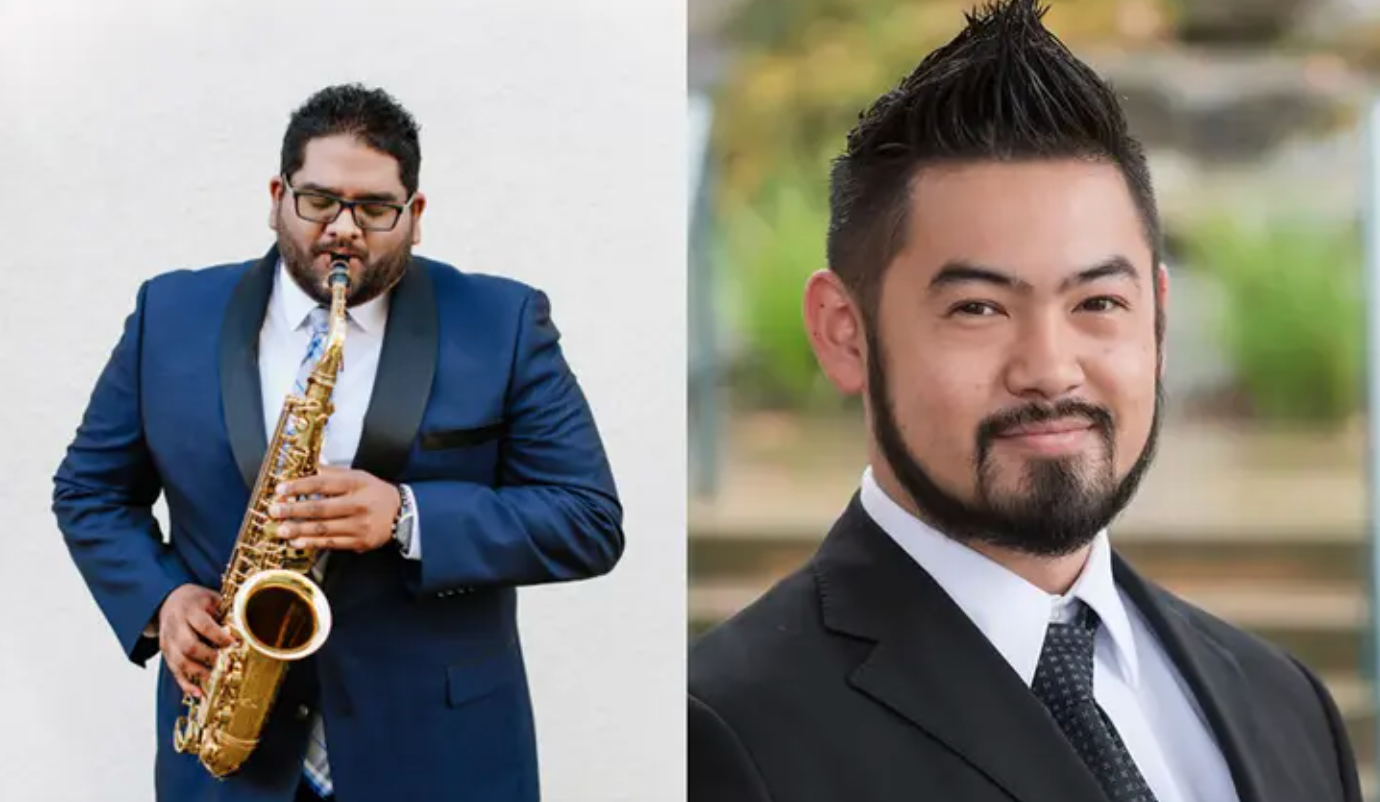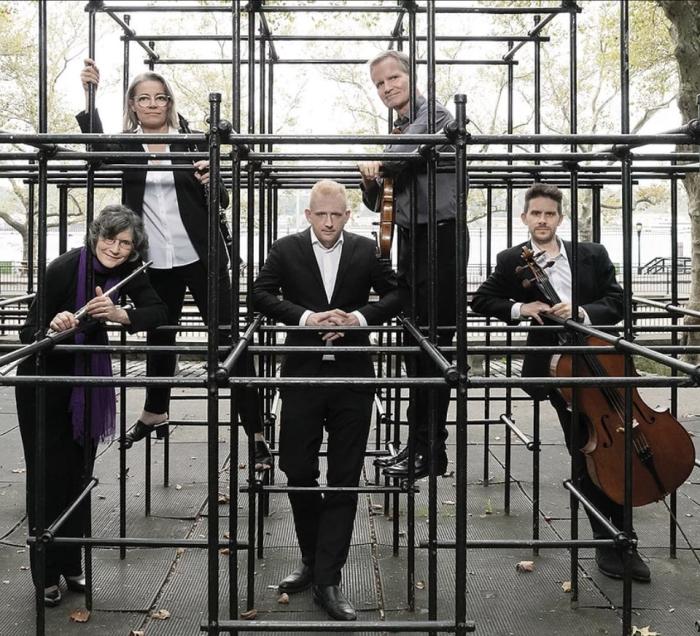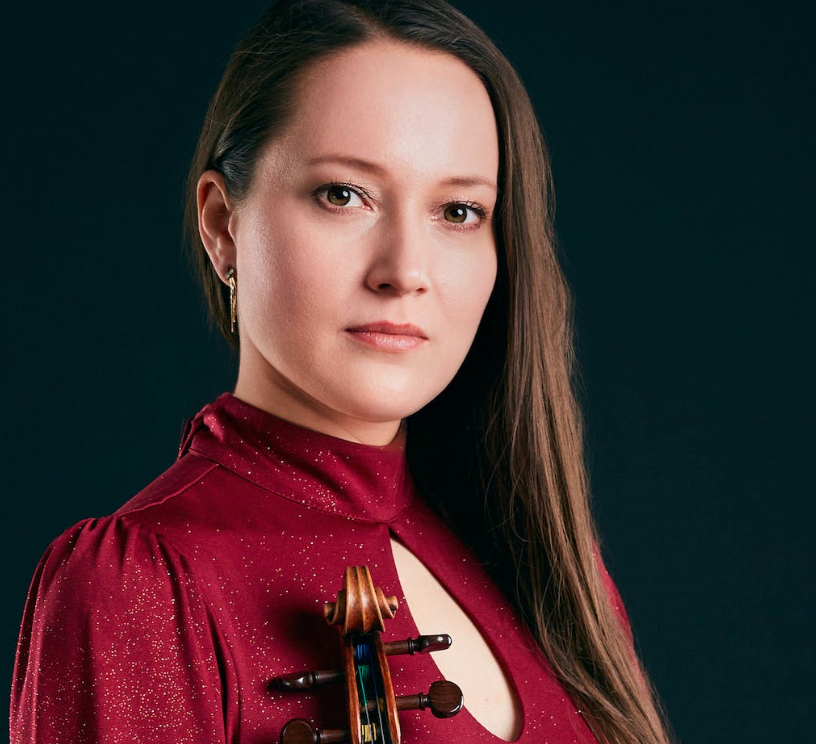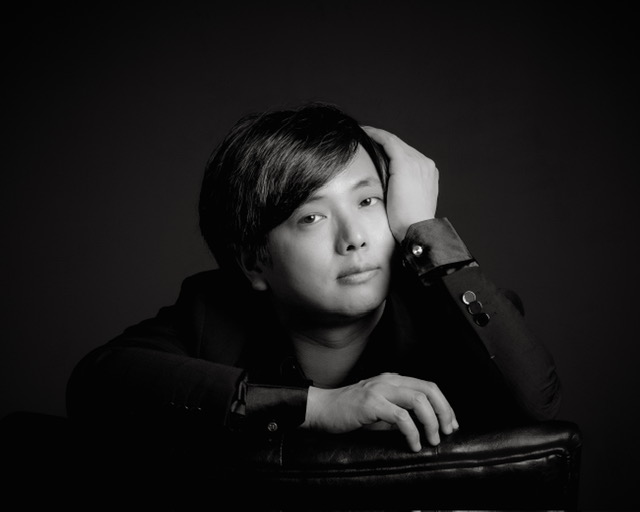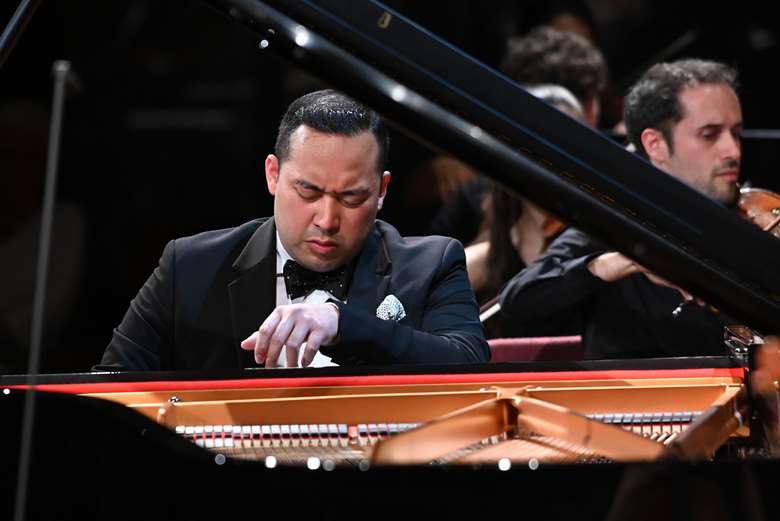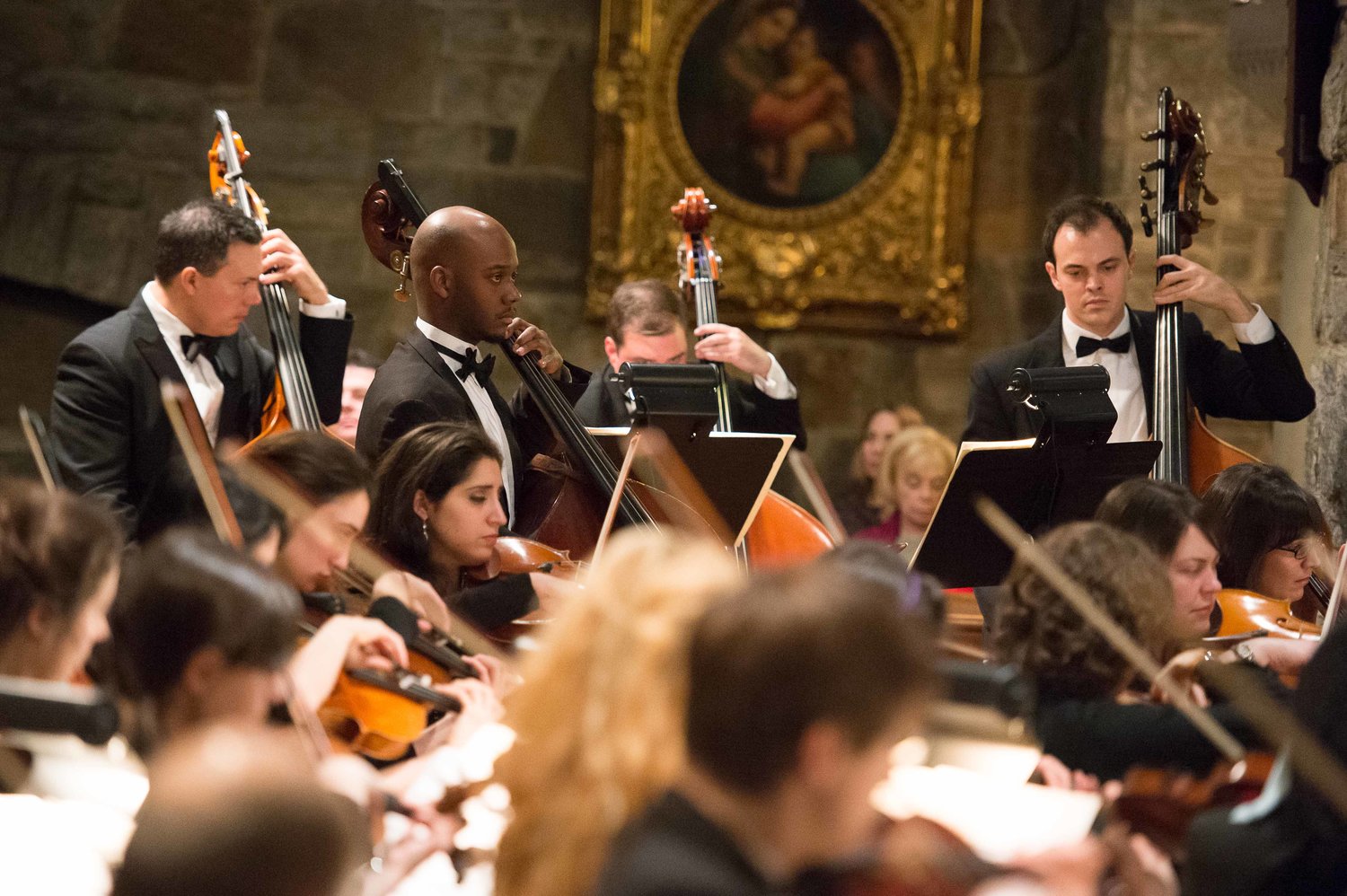Ian Hobson, piano
The Tenri Cultural Institute, New York, NY
October 20, 2023
It is always a privilege to hear the great pianist Ian Hobson, whose repertoire in concerts and discographies could be that of ten pianists, and his complete Schumann cycle at the Tenri Institute has only reinforced one’s admiration. Avoiding mere chronological box-checking, his traversal was organized into themed programs, lending focus and insight to aspects of Schumann’s output. Mr. Hobson’s April program, for example, was called “Love and Nature” (Humoreske, Op. 20, Nachtstücke, Op. 23, and the Drei Romanzen, Op. 28 – to see that review, click here: Love and Nature), and his September program just three weeks ago was called “Variations” (reviewed by Jeffrey Williams here: Variations). This Friday, October 20th, we saw the continuation of the series with a concert entitled “Marches and Etudes” and there were revelatory moments.
This week’s “Marches and Etudes” program consisted of Schumann’s Vier Märsche, Op. 76, Six Etudes after Paganini, Op. 3, Six Concert Etudes after Paganini, Op. 10, and the Toccata Op. 7. Incidentally, when one hears of a Schumann program with etudes, the Etudes Symphoniques, Op. 13 probably will spring to mind, but those had already been included in September under the heading of “Variations” where they fit as well. So, except for the very famous Toccata and the more mature Op. 76 that opened the program, this program was left with some of the least performed works of Schumann’s output, twelve etudes based on Paganini Caprices, with half of them arguably not intended for performance. It takes a brave pianist to take on such a program, but who better than Ian Hobson?
Mr. Hobson strolled out calmly to greet his ample audience at Tenri and the tone felt immediately casual, like that of a university seminar. One could easily forget the huge renown that has surrounded him ever since his young prizewinning days. One could also forget the mammoth task ahead.
He described the opening work, the Vier Märsche, Op. 76, as coming after roughly a decade of little solo piano writing for Schumann (the 1840s being filled with songs, chamber music, and orchestral works). Dating from 1849, the Op. 76 was Schumann’s response to the May Uprising of Dresden that year. As Mr. Hobson lit into the very first Märsche, one could feel the stirrings of that uprising as well as the exuberance of Schumann’s return to piano writing in a “white heat of passion” (Schumann’s own words). The boldness and heroism of Florestan were present, along with a remarkable elegance in this pianist’s hands. The second Märsch in G minor followed with power and urgency, as well as sensitivity in its gentle E-flat middle section.
The third Märsche, subtitled Lager-Scene (“Camp Scene”) possesses many of Schumann’s mercurial qualities in harmony and phrasing, and it could easily give way to self-indulgence, but the cohesion here was solid. The playing reflected what one might call an orchestral overview – and that is not surprising, given Mr. Hobson’s very busy second career as a conductor. The fourth Märsch closed the set with a grandeur that underscored its noticeable references to La Marseillaise.
Moving on to the Six Etudes after Paganini, Op. 3 (1832), this listener felt ambivalent at first. As the program notes by Richard Dyer state, Schumann “evidently intended Op. 3 for study and educational purposes only.” They could conveniently have been excised from the cycle on that basis. Furthermore, technically, we want perfection from such pianistic hurdling, though there is little that any performer in a live concert can do to match the several flawless renditions available on recordings, most likely from studios with unlimited editing capacity. What’s more, musically, they are not truly representative of Schumann, for as the composer writes, “I copied the original more or less note for note, perhaps to its disadvantage, only expanding its harmonic scope.” That said, Mr. Hobson had them well in hand, and completeness won the day. Did one occasionally wish all had not been straitjacketed into the cycle plan, and that we could hear only some artfully chosen favorites of the pianist to let his gifts shine at their best? Yes.
Highlights of Op. 3 included the first two etudes with well-known Liszt counterparts. In the first by Schumann, we heard the opening A minor scales and arpeggios of Paganini’s A minor Caprice (No. 5) actually proceeding to the rest of that same Paganini Caprice; oddly, this fidelity was a jolt, because pianists are used to the Liszt-Paganini Etude, No. 1 (composed a good six years later) with the very same opening (transposed to G minor) introducing a tacked-on version of Paganini’s Caprice, No. 6. This “un-hearing” of Liszt took us back in time, bringing us closer to Schumann’s world shortly after hearing Paganini himself in concert.
A less dramatic surprise was felt hearing Op. 3’s second Etude (after Paganini’s Caprice No. 9 – La Chasse, or “The Hunt”), after being accustomed to Liszt’s Paganini Etude No. 5 based on the same Caprice. Here, it was a special joy to hear Schumann’s version, with help from Mr. Hobson’s gentle and graceful interpretation. Equally lyrical was the third (Andante), which Mr. Hobson played with a singing tone and inevitability of phrasing. The fourth was played with all the rhythmic mischief it invites, and the fifth was a romp. The sixth and final Etude of Op. 3 was played with stormy brilliance, reminding one of the Op. 13, then yet to be written. All in all, Mr. Hobson made a case for these neglected pieces.
The Etudes, Op. 10 (1833) followed intermission. One was starting to wonder how anyone could undertake this program, but there were no signs of flagging. Using music for much of it may have removed the stress on one’s memory, but it is nevertheless unwieldy music to tackle. The first of Op. 10 was artfully shaped, such that one almost forgot about its technical difficulties. The second brought to mind again the contrast with Liszt’s eerie G-minor tremolos (from Paganini’s Caprice No. 6), here replaced partly with repeated chords over an inspired, independent left-hand part. Surprisingly, just a year after his Op. 3, Schumann was growing in some ways freer with Paganini than Liszt would be. There is little question about which composer’s Paganini Etudes were – and are – more popular, but Mr. Hobson made it apparent that even transcribing somewhat laborious exercises, Schumann was a poet.
Mr. Hobson proceeded to No. 3 making it sound easy overall. Despite rapid alternation of octaves and trills – requiring lumberjack and ballet dancer – Mr. Hobson was up to it all. Aside from tiny glitches here and there, it was an epic undertaking, amazingly handled – all “chased down” with Schumann’s diabolically difficult Toccata Op. 7 (1829-32). Few pianists can play the latter well, but it says a lot that its heroic themes echoed in this listener’s mind long after the concert.
It takes a special kind of heroism to rummage through neglected corners of a composer’s output. First, the pianist must devote increased effort to “selling” or beautifying what has been neglected (sometimes for good reason). After that, such a performer is very seldom lauded or thanked as champions of “new music” are. Why? Well, because it is Schumann, and we all know Schumann – or do we? Surely Ian Hobson is content to explore without looking for accolades, but let me at least offer mine, with gratitude.

